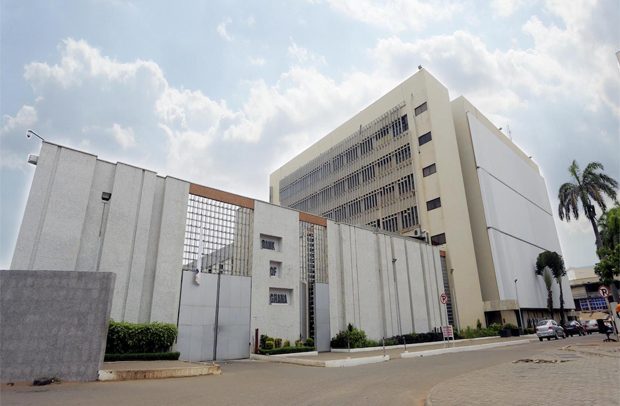Bank Of Ghana
Ghana’s average lending rate has reached 22.38 per cent, according to the summary of the economic and financial data by the Bank of Ghana (BoG).
This is compared with 23.06% in January 2020, 23.37% in February 2020 and 23.40% in March 2020, respectively.
The figure recorded in April 2020, represented the lowest rate recorded in more than 12 years.
The reduction in average cost of borrowing to less than 23% could be described by many analysts and market watchers as a good sign going forward.
However, the major concern will be access to credit by consumers.
Interest charged by savings and loans companies as well as microfinance companies were expected to decline to reduce the default rate among borrowers.
The BoG, in February this year, slashed its base lending rate (policy rate) by 150 basis points to 14.50%.
It also introduced a number of measures, including the reduction in the primary reserves from 10% to eight per cent to enable it support the real sector of the economy amidst Covid-19.
Though it maintained the rate at 14.5% on Friday, the cost of borrowing had reduced slightly.
The move to reduce the base policy rate was to lessen credit to the private sector in the midst of the Covid-19 pandemic.
According to the March 2020 Banking Sector Report, the February 2020 credit conditions survey revealed that banks reported net-tightening in the overall credit stance on loans to enterprises, except SME loans, with the likelihood of further tightening two months ahead.
However, prospects of further tightening for enterprises seemed to reflect banks’ response to the fallouts from the Covid-19 pandemic.
Banks similarly expected net-tightening of the credit stance on loans to households in the outlook, even though the credit stance on household loans eased during the first two months of 2020.
The survey also pointed to a decline in the overall demand for credit by enterprises, emanating from all sub-components of loans except short-term loans.
Source: Classfmonline.com


